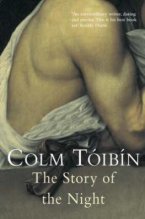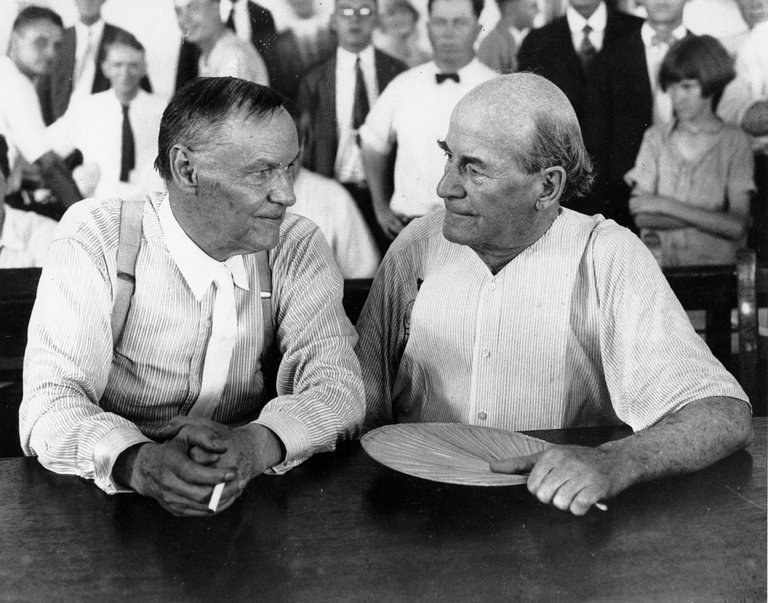Okay, I’ll be honest, I picked up this book and thought, SCOTTISH FECKIN ZOMBIES.
 good strong jaw on that one
good strong jaw on that one
It’s not, okay? All right, all right, get your kilts proper straight now. Brian Ruckley’s The Edinburgh Dead is too well structured and artistically crafted for that sort of fun. Just look at that cover.
What Brian Ruckley has done is give me a great crib sheet for my raygun gothic novel. The gothic bit, anyway. I’ve been wanting my book to sound like Joy Division meets early Daft Punk, but the daft part has just been wallowing in a bit of leftover Raymond Chandler. There was a darkness that was missing from my work, that same spirit that animated Shelley, Wilde, and Stevenson. Brian Ruckley has this in spades, and the book is properly period, with none of the modern allowances you expect from a book this recent. So thank you, Mr. Ruckley, for producing this wonderful onyx gem. Just look at the one-liners:
“The regret in [spoiler]’s voice was all but palpable, and Quire could hear in it a vast acreage of mourning. Mourning, perhaps, for a life gone wrong.”
OOooooo, sweet, sweet candy.
The Edinburgh Dead is set in 1828, partly based on the historic murderers William Burke and William Hare. The pair killed their way to fortune by supplying the famous medical schools of the city with fresh cadavers. Mr. Ruckley’s stage opens some time before their appearance, with the police sergeant Adam Quire, who discovers a dead man killed in the most brutal fashion and left on the street far from a laboratory slab. The story unfolds as Quire digs into the seedy underbelly of the city, finding only misfortune, injustice, and magic of the blackest sort.
As always, I like to start with the pros first, but in this case it’s really easy. Atmospheric and beset on all sides with common grit, TED conjures a Scotland not even lit by the warmth of gaslight and a hero still plagued by nightmares of Napoleon’s doomed campaign some years before. The light of science is only just finding its way into the dark corners of the world, and their practitioners are often just as irrational as the masses they profess before. It’s brooding, moody, and stuffed with great regional details like the cruelly named Arthur’s Seat. The distinguished and dangerous Old Town looms, slowly rotting, over the shining New, like some metaphor of the battle between reason and myth that sits like the elephant in the room. Edinburgh’s scientific elite profits only by the business of its unsavory grave robbers, the light living by the darkness that feeds it. As Quire’s bff Wilson Dunbar remarks ironically, the whole city is mired in a “barbaric age.”
The plot unfolds like a walk through a foggy necropolis, but with all the historical detail crammed into this book, I truly appreciated the chance to look around, get a taste of Edinburgh and the social flavor. Which turned out to be, increasingly, desperation with a touch of madness, as the main character sinks slowly into an obsessive vendetta against a powerful enemy who is very effectively destroying his livelihood, his reputation, and ultimately his body. It’s very satisfying to watch Adam Quire as a police officer of ill repute, who nurses old wounds and reaches out to paternal figures for comfort. Then, a moment of indulgence as his dogged sense of justice allows him to conquer his demons for a brief moment, aches blown away by the bright fresh hell that has come to devour his life. There’s plenty here to entertain your imagination as Quire uncovers the unsurprising but satisfying ending, which owes much to both Shelley and Lovecraft. It is, however, done well, and reads a little bit like a love letter to both.
Now the cons. What jumps out immediately is that the side characters make brief appearances, not truly having much character of their own. Even the accents are simply referred to, and lacks a dollop of artistry. This is often a good thing. It makes you feel like the protagonist, and by proxy, you the reader, is walking the grim city alone, with only his wits by your side. Sometimes, though, it does drag a little, and only the difference in the characters’ first names lets you separate them. The second nitpick I have about this book is the way it treats the female characters. Unlike The Aeronaut’s Windlass, which made its women too strong and a little unrealistic, the Edinburgh Dead does the opposite and falls neatly into the trap of placing women either in the role of mother or the role of whore. One of them is both, offering social disgrace and a nurturing respite with one fell stroke. Lastly, there is another sort of neatness, the kind that happens when the plot fits too neatly into place. There aren’t any messy leftover bits, which is a little ironic granted autopsy and public executions feature so heavily in TED.
BUT ALL THESE ARE IMMATERIAL! The Edinburgh Dead is beautiful to read, like a modern artist reproducing a beloved classic that you’ve never seen before, but know very intimately for its familiar strokes and monotone colors. *Snorts.* The best part is the author actually admits he would want Christopher Nolan directing this book as a movie. Classic grimdark.
Four and a half corpses out of five. I’m looking forward to following you, Brian Ruckley. Hey, stop looking over your shoulder. Dark alley, move along, move along…
Advertisements Like this:Like Loading... Related




